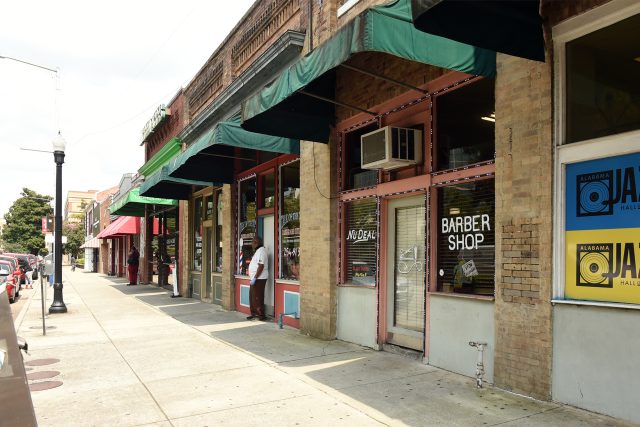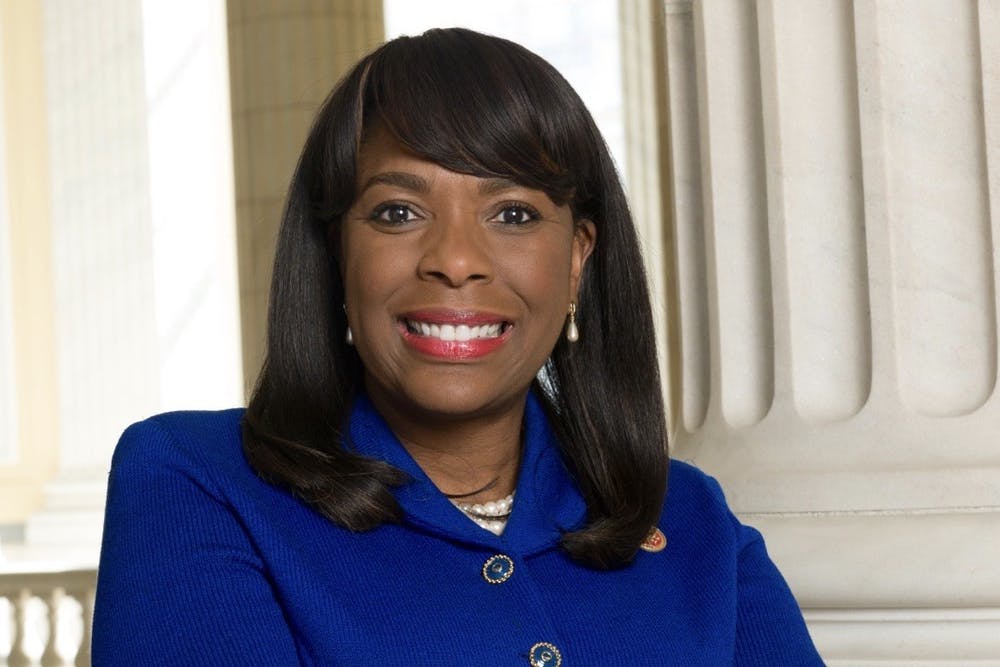
The Birmingham Times

U.S. Rep. Terri Sewell (AL-07) on Monday announced that the City of Birmingham has been awarded $14,556,040 from the U.S. Department of Transportation (DOT) to reconnect the Historic 4th Avenue Black Business District.
Funding from this grant will be used to redesign 15 blocks of streets, converting them from one-way to two-way and reconnecting downtown neighborhoods and businesses.
Funding comes from DOT’s Neighborhood Access and Equity (NAE) grant program and will be used to improve access to businesses and neighborhoods by converting Birmingham’s Black Main Street from a one-way to a two-way road.
“Birmingham’s 4th Avenue Business District has a rich history of African American ingenuity and entrepreneurship,” said Sewell. “With the help of the Biden-Harris Administration, we are working to ensure that the residents, workers, and businesses of this historic place have the infrastructure they need to thrive. This major federal investment will help reconnect our communities and pave the way for strong and equitable growth.”
Birmingham’s Historic 4th Avenue Business District was once a thriving hub of Black businesses and community before it was divided by the construction of Interstate 65 in the 1960s.
Rich In History
Ivan Holloway, executive director of Urban Impact, a nonprofit community and economic development agency fostering growth in both districts. told Alabama NewsCenter in a past interview that it’s inspiring to see all the activity in the Fourth Avenue Business District and the Civil Rights District, both of which are part of the larger Fountain Heights neighborhood that stretches south to Morris Avenue, and north beyond Interstate Highways 59/20, the Birmingham-Jefferson Convention Complex and Oak Hill Cemetery, where some of the city’s founders are buried.
It’s an area “with a rich history of African American culture and entrepreneurship,” said Holloway. He noted the Fourth Avenue district was where local Black leaders, including the pastor of Sixteenth Street Baptist Church, pooled resources in the late 19th century to create the Penny Savings Bank of Alabama, the first Black-owned financial institution in the state and one of only three in the nation at the time. By the early 1910s, it had grown to be the most secure Black-owned bank in the country, financing many Black homes and businesses before it failed following a merger. The bank’s six-story headquarters, built in 1913, still stands on 18th Street North.
The Fourth Avenue District only grew in vibrancy during the Jim Crow era of segregation as Black businesses, restaurants and taverns, entertainment venues and professional offices concentrated in the neighborhood.
“The Fourth Ave Business District played an enormous part in making sure people had access to the necessities of life at that time,” Holloway said. “It was a community within the downtown construct of Birmingham.”
Nearly 60 years after desegregation opened doors for Black businesses to spread to other locations, as much as 35% of the properties and businesses in the Fourth Avenue District are Black-owned. That compares to an estimated 7% nationwide.
Holloway said Urban Impact continues to work to increase economic opportunities for Blacks and Black-owned businesses. “African Americans are part of the Birmingham economy in a very meaningful way. They not only add value, but add context to the Birmingham story,” he said.
Urban Impact is working to incorporate the Fourth Avenue district history into the broader story of civil rights being told a few blocks away.
“We know that the Civil Rights District has visitors from all over the world,” Holloway said. “We see this as a great opportunity to transform the Fourth Avenue district in a historical manner that gives context and further develops the story line of the work of African Americans.
“If we can recreate … some of that, it not only provides a service, but it tells a story about our ability to make it in this society, no matter what hindrances were put forth,” Holloway said.




